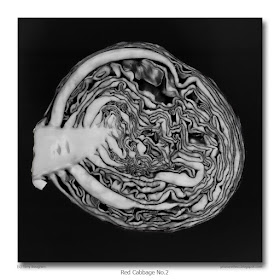,-Wainfleet-All-Saints,-Lincolnshire.jpg) click photo to enlarge
click photo to enlargeThe day I took this photograph was the day Apple unveiled the iPad. What's the connection between a medieval school building in Lincolnshire and the latest techno gadget you may be thinking? Well, this school, that was built in 1485, and remained a place of education for about 480 years, a few years after closing its doors to students, was re-opened as the local public library - which it remains to this day. And is it not the case that Steve Jobs' electronic tablet is the most recent in a long line of technological innovations that is predicted to see off the printed word? Aren't we all, in a few years, going to be reading our news, our novels, our non-fiction, etc on an iPad, a Kindle, a Sony Reader, or whatever the next incarnation e-reader is called? And won't the words be delivered electronically to our devices without us having to set foot out of the house? Well, maybe, but perhaps not.
The demise of books has been long foreseen, and certainly predates the rise of the latest generation of substitutes for the printed word. But, the number of books published and sold, so I read (in my wood-pulp based newspaper) is now at an all-time high. It seems that reading matter, in the form devised by Gutenberg about 50 years before the construction of this school, has a long future ahead of it despite the arrival of upstart electronic versions. Or should that be because of them, for it seems that just as computers produced not the paperless-office, but workplaces overflowing with ever more of the stuff, so too does technology feed print and vice versa. Consequently, perhaps the dire warnings about the uncertain future of public libraries is also a touch overstated. They seem to have successfully grasped technology and given it a place alongside their more traditional fare. So, the borrowing of library-books is likely to survive for some time yet. And who wouldn't want to take advantage of the local library if it was a building like the one at Wainfleet?
For another blog photograph of this venerable building see here.
photograph & text (c) T. Boughen
Camera: Lumix LX3
Mode: Aperture Priority
Focal Length: 5.1mm (24mm/35mm equiv.)
F No: f4.5
Shutter Speed: 1/1000
ISO: 80
Exposure Compensation: -1.0 EV
Image Stabilisation: On


























